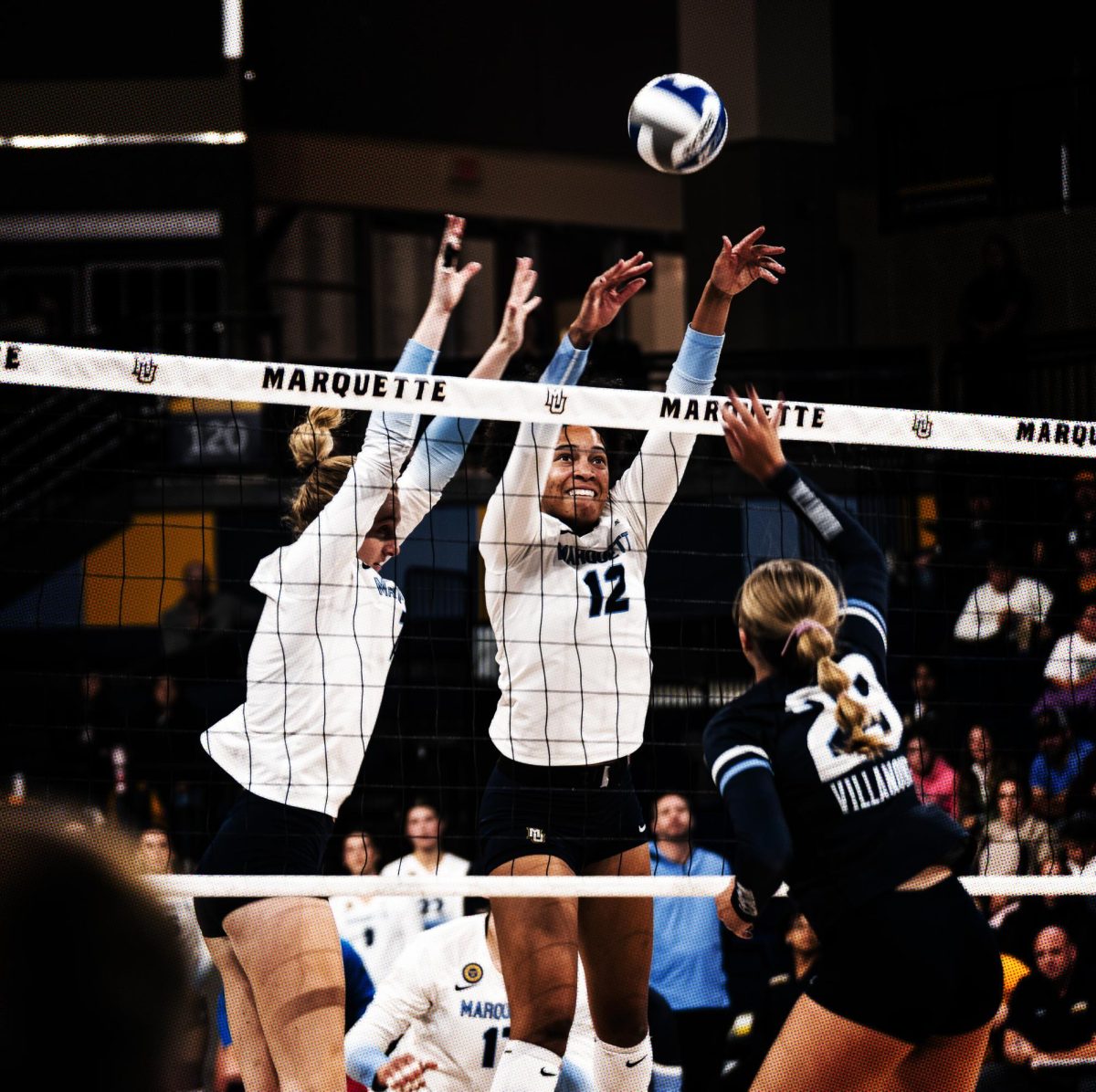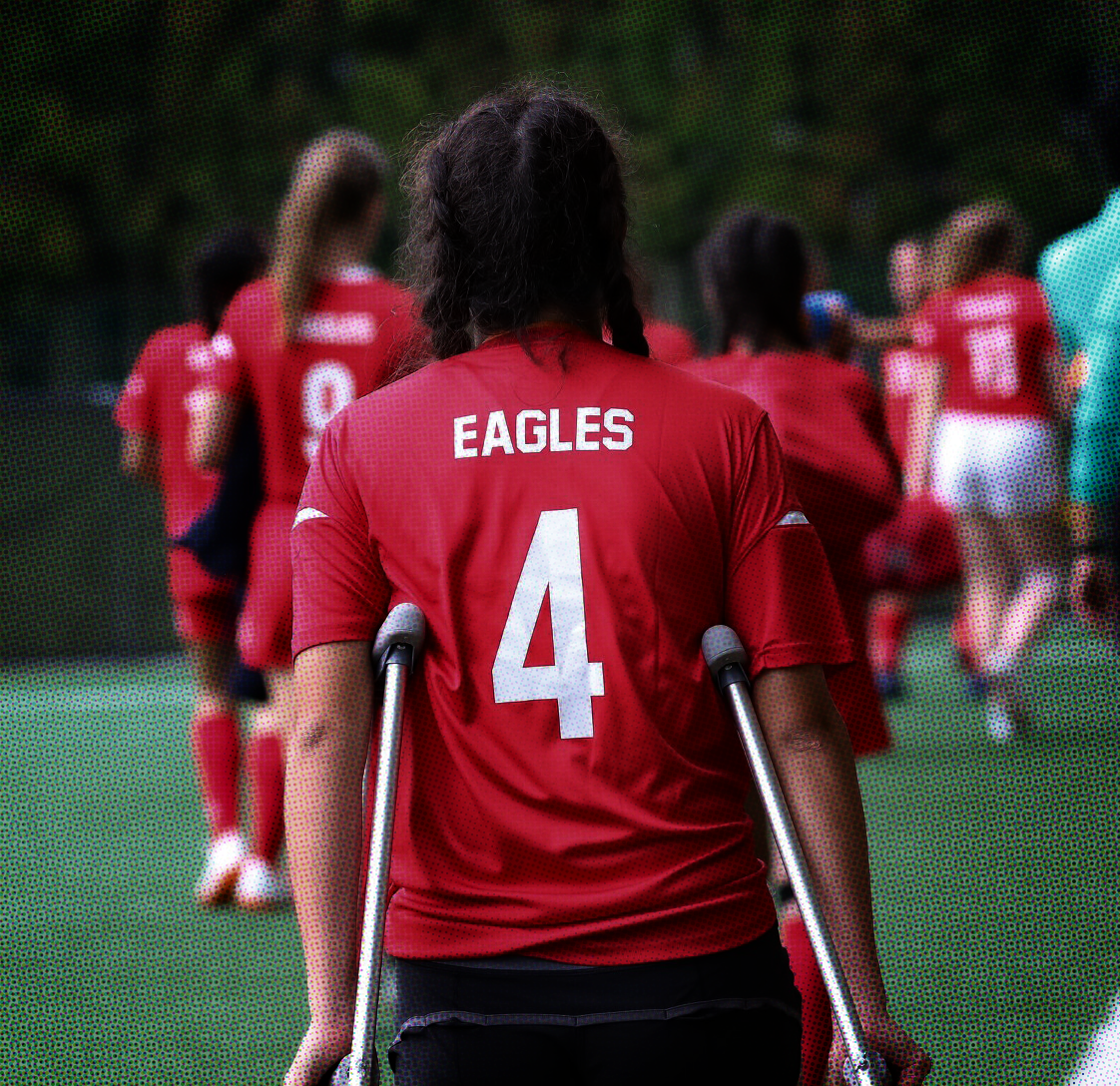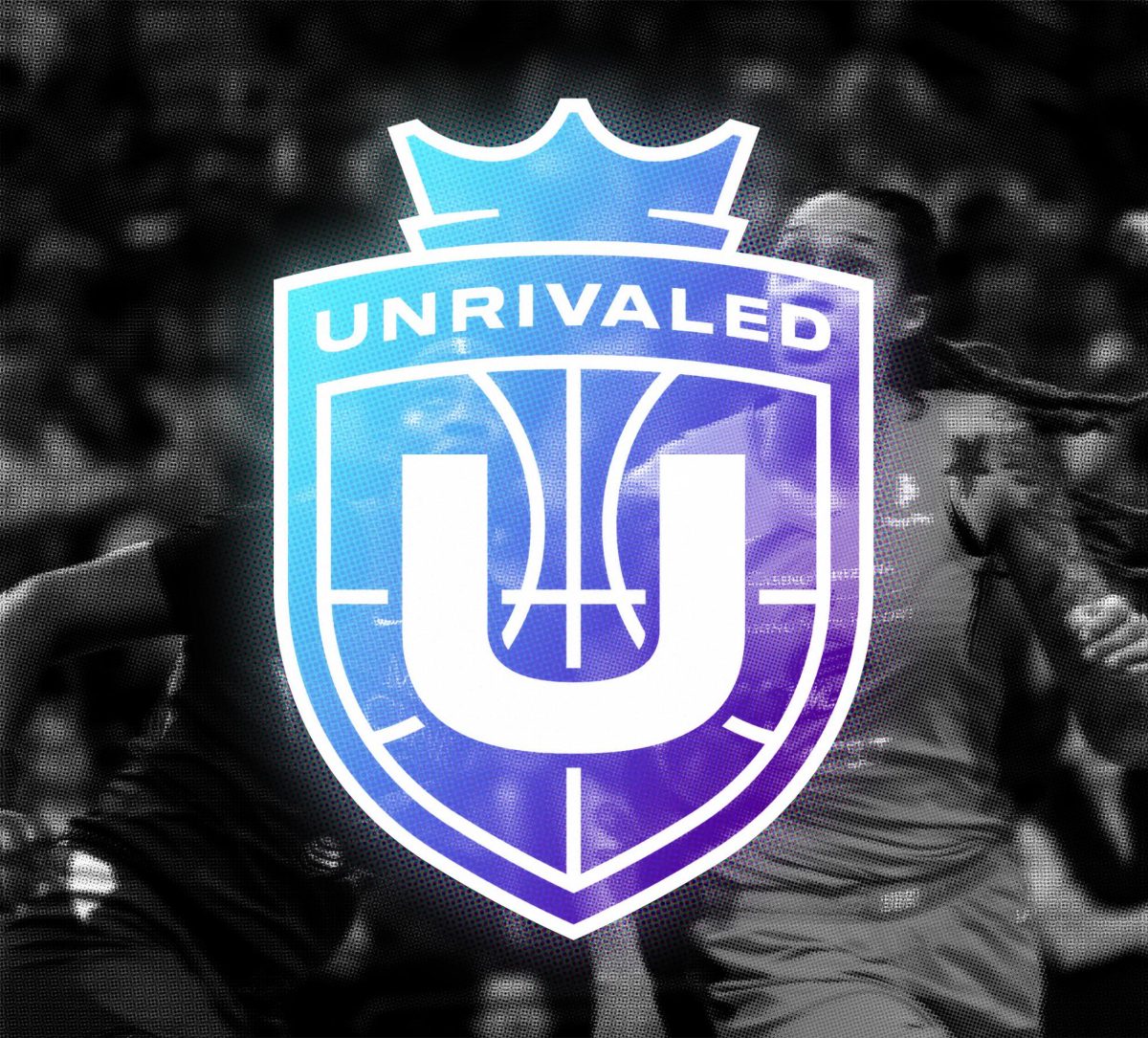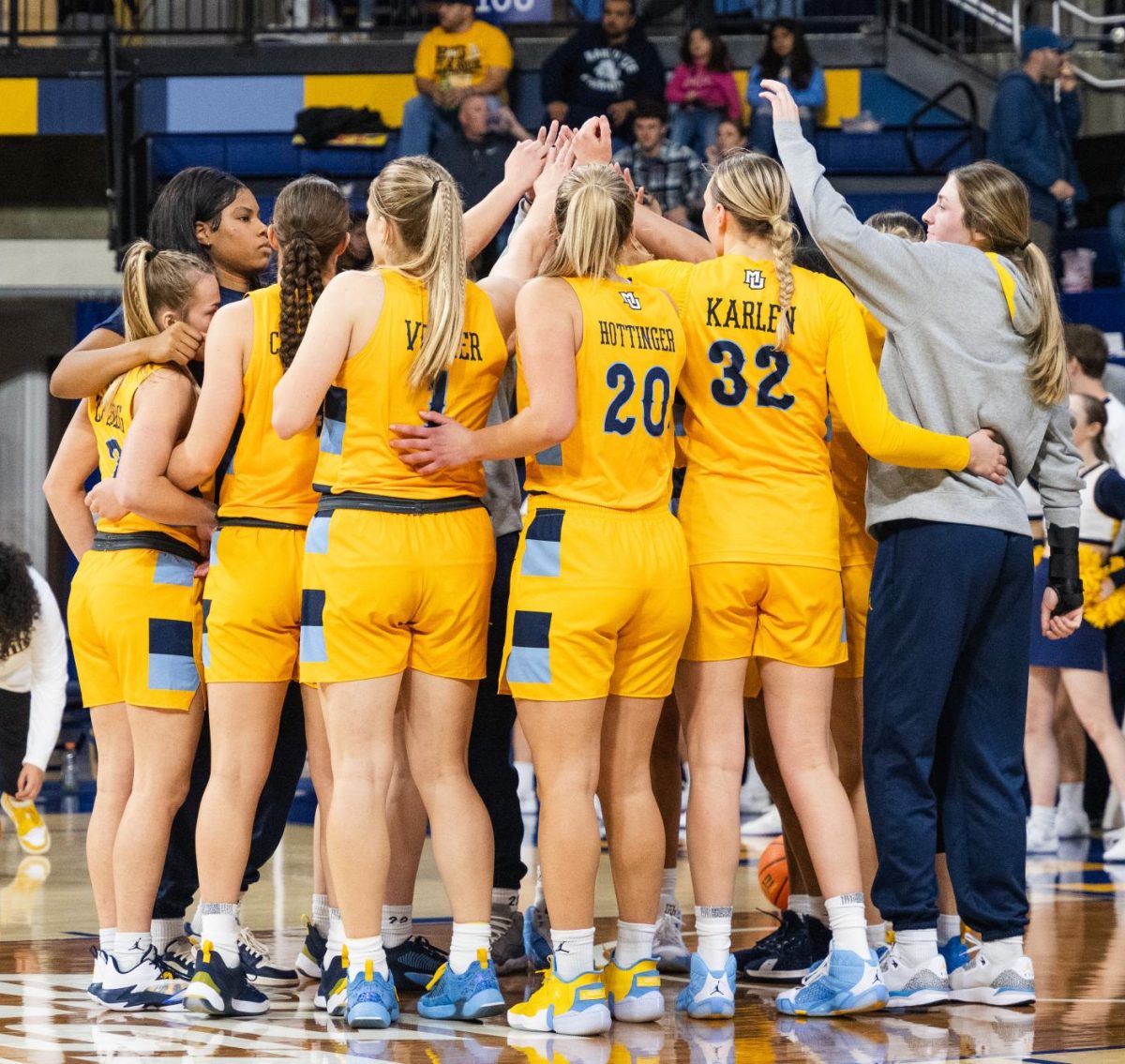For years, women’s sports fought for recognition. Now, they’re demanding it. With new leagues launching, expansion teams forming and records being broken across multiple sports, 2025 is set to be another defining year. Despite continued inequity in media coverage and investment, the momentum within women’s sports is undeniable.
In 2023, the NWSL secured the largest media rights deal in the history of women’s sports, which will amount to $240 million through 2027. Both the WNBA and NWSL have contributed to an increase of 22% in brand deals across all women’s leagues in 2024. The leagues are also expanding to new cities, with a new NWSL franchise coming to Denver and four new franchises introduced to the WNBA in the last two years alone.
The WNBA and NWSL are two of the most prominent women’s leagues, receiving the most media attention and investment. While women’s sports made great strides in the realm of visibility last year, there’s still significant work to be done compared to leagues such as the NBA and NFL.
Despite these challenges, the landscape of women’s sports continues to evolve, with new leagues emerging across multiple sports.
Most recently, a new professional volleyball league, Major League Volleyball, was announced, set to begin in January of next year. Volleyball is becoming increasingly popular amongst high school girls while NCAA volleyball viewership increases every year.
Alongside MLV, three other professional leagues exist in this sport, with the Pro Volleyball Federation receiving the most coverage. Hopefully, the introduction of the newest league will fuel conversations about the sport throughout this year and into the inauguration of MLV.
Women’s rugby is also making its way to the US, with the announcement of the country’s first professional league occurring just after the 2024 women’s March Madness basketball championship game. Women’s Premier League rugby has existed here since 2009, but it functions as an amateur league where players do not receive payment.
The sport became incredibly popular in the US after the 2024 Olympics, where athletes like Ilona Maher were seen everywhere across social media. Maher has a strong social media presence of her own which has been uplifted by the rise in conversations surrounding female athletes and women in sport. The announcement of a new league called Women’s Elite Rugby introduced six teams to cities throughout the U.S.
The Women’s Lacrosse League was introduced by the Premier Lacrosse League, the country’s pro men’s lacrosse league, in 2024. Created in hopes of representing Team USA at the Olympics in 2028, where lacrosse has officially been reinstated as an Olympic sport. Having multiple sports leading the larger conversation surrounding women in sport is crucial when demanding proper recognition and investment.
Women’s leagues are still facing issues with coverage; they don’t receive primetime spots as frequently, if at all, as men’s leagues do. It’s also more difficult to find them on cable services, they’re most often found on paid streaming platforms.
With established professional leagues expanding and new leagues emerging following a breakthrough year, the demand for women’s sports is clear, and it’s time that it’s met.
Women’s sports were impossible to ignore last year, and despite continued inequity in media coverage and investment, they’re only going to continue to grow in 2025. They’re not chasing standards anymore; they’re setting them.
This story was written by Lilly Peacock. She can be reached at lilly.peacock@marquette.edu or @lillypeacockMU on Twitter/X.







